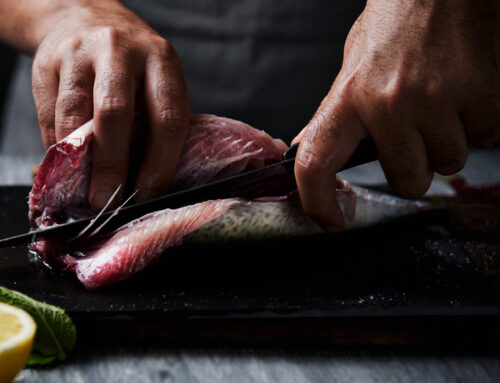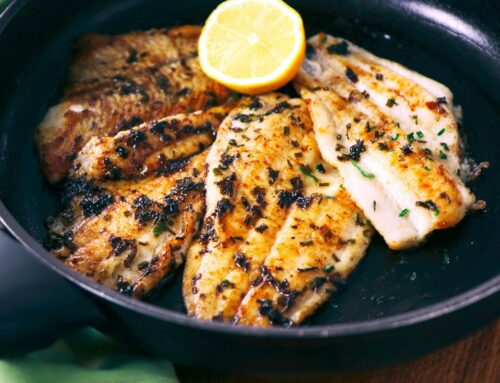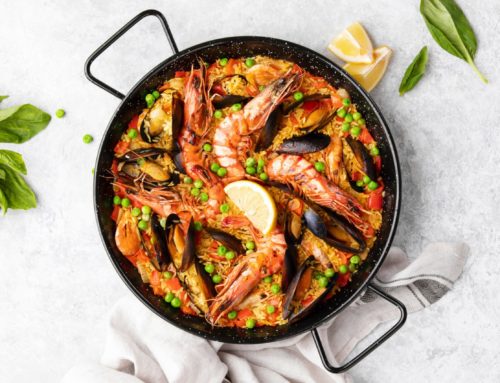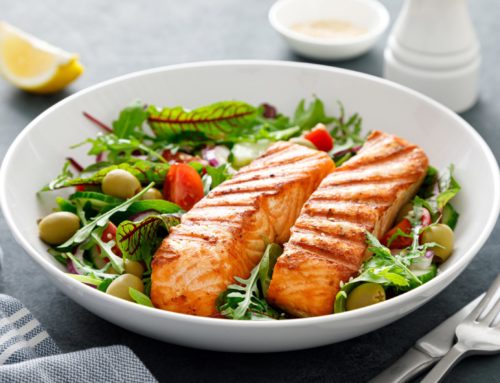Many get anxious at the thought of having to prepare fresh fish because of its bony structure and the idea that the cooking technique is overly complex. The good news is you don’t have to be a top chef to prepare delicious fish recipes straight from your home kitchen.
All you need is a basic grasp of the two categories that fish are grouped under and some great cooking tips that we’ve provided below.
- Lean Fish
This fish contains fat content that ranges from 0.5% to no more than 5%. Due to their low oil content, these fish can be frozen for up to six months, without compromising their quality. The very leanest fish can be held in the freezer for up to one year. Most lean fish are white fleshed and include species such as sole, swordfish, trout, tuna, red mullet and monkfish.
- Fat Fish
These fish are extremely healthy for you. They generally have an oil content of more than 5%. As the oil is spread thought the flesh of the fish, the flesh tends to be darker than that of leaner species. These fish don’t freeze as well as lean fish and should be used within three months. Fat fish species include salmon, butterfish, mackerel and sardines.
Cooking tips
- Fat fish tend to have a stronger flavour than lean fish. If lean fish is used in cooking, it will require frequent basting to prevent drying during cooking.
- Lean fish has a firmer texture and is better suited for recipes such as soups, stews and chowders.
- When a fish is perfectly cooked, it is moist and maintains its delicate flavour. Overcooked fish is dry and less palatable. It’s best to measure the fish at its thickest point. Cook fish for 10 minutes per inch, turning it half way through the cooking time. As an example, a one-inch fish steak should be cooked 5 minutes on each side. Pieces of fish less than a half inch thick do not need to be turned over.
- Only buy fish that is refrigerated or properly iced. Fresh fish should smell fresh and mild, not sour or resembling the smell of ammonia. Whole fish and fillets should have a firm and shiny flesh.
- When purchasing fish, ask your fish monger to fillet the fish away from the belly bones or slide a knife under each bone to remove it. The bones that are left in the centre of the fillet of fish can be removed with fish tweezers.
- When frying a fillet of fish, preheat the pan so that this prevents the fish from sticking to it. It’s wise to use a combination of oil and butter (butter for flavour and oil to prevent the butter from burning). Dust the fish with seasoned flour and you can start frying.
- When baking fish, baste with butter and lemon juice to prevent it from drying out.
- A great way to cook fish is by using parchment paper or foil. The fish is cooked by the trapped steam. Bake for 10 – 15min at 200 degrees.
The secret to cooking fish properly is in the timing. Fish is ready when the flesh begins to turn from translucent to white and feels firm but is still moist. Cooking fish until it flakes easily risks turning it tough and dry.








